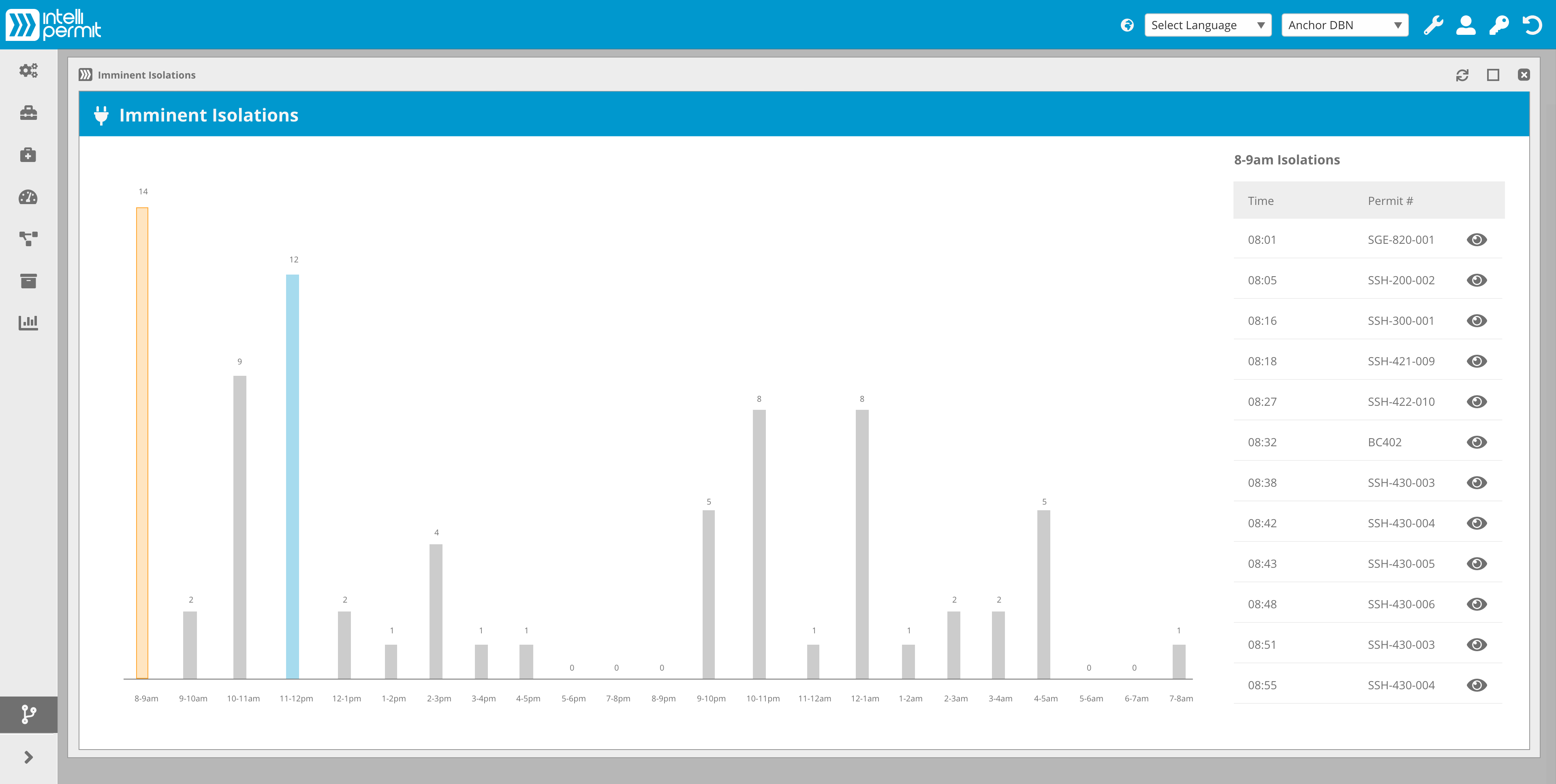Energy Isolation
To prevent accidents all equipment being worked on needs to be isolated from any potential energy source that could cause harm.
The challenge
When working on hazardous equipment it is necessary to make sure that everyone is protected from any potential source of energy that could cause harm, such as electricity, heat, toxic chemicals, high pressures etc. In a typical industrial operation, multiple people might be working on the same processing unit or in the same area, and teams might inadvertently try to start up the equipment being worked on, restart the process or run tests. If this takes place while someone else is working on the same piece of equipment there is a chance of an accident.
Energy isolation
To prevent accidents all equipment being worked on needs to be isolated from any potential energy source that could cause harm. As part of the preparation of the area for safe work, isolations are put in place and verified by the responsible persons. Maintenance teams then check the isolations before doing any work. Mechanisms need to be in place to make sure that the isolation is not compromised while work is taking place. Physical locks and keys are typically used for this. During work it might also be necessary to test the equipment for which a temporary removal of isolations is required, and this must be strictly controlled.
At the end of the job the locks are removed before the plant or equipment is restarted. These processes are typically controlled using the permit to work (plant clearance) system.
Types of isolations
Isolations can be of many different types, but in almost all situations isolation is required for maintenance work. Positive isolation means that there is a physical barrier between the source of the hazard or energy and the equipment being worked on. This could be locked out electrical switch gear, slip plates in process piping, removal of connecting lines, disconnecting feeders etc. All of these isolations are temporary in nature and to make sure that they are not compromised while work takes place a lock and key is normally used to prevent anyone tampering with the isolation.
These locks are sometimes grouped together for more complex jobs and all the keys put into a single locked box sometimes referred to as a “key safe”. The master key to the key safe is separately held thereby protecting from anyone inadvertently accessing and unlocking one of the locks.
Lock boxes and keysafes
Sometimes two locks are put onto a single isolation point so that two separate people have to physically unlock the isolation. The key to the one lock might then be held by the person in the field working on the equipment.
There could also be locks on local isolators in the field which might need to be removed temporarily to energise the system for testing.
When work takes place in adjacent areas there are sometimes common isolations applicable to several jobs and it is important to ensure that none of the jobs can put the others at risk by removal of any isolation. Sometimes these jobs are organised as master/slave combinations.
One problem with a lock out system is managing the complexity. It is critical to ensure that every possible source of energy is isolated, and in some situations this could involve dozens of isolations in multiple areas of the plant, each of which needs to be recorded and tagged.

Managing isolations using IntelliPERMIT
IntelliPERMIT features a comprehensive isolation management system and solution integrated into the permit to work. Some of the features of IntelliPERMIT’s isolation management include:
- Preconfigured approved isolation lists that embed and enforce isolation procedures
- Isolation procedures that are linked to equipment type, equipment and/or activity
- Prompting with the relevant isolation lists when preparing a permit
- Automatic printing of weatherproof tags used to identify isolations, locks or keysafes.
- Isolations can be verfied and confirmed in the field using mobile devices
- Management of lock boxes and dependencies between master and slave permits with the associated isolation lists
- Extensive isolation cross referencing between permits, master permits, templates and adjacent permits
Used daily in the most demanding environments
There is no environment more demanding in terms of safety than a nuclear power station. IntelliPERMIT software is used to manage isolations for maintenance work at the Koeberg power station near Cape Town in South Africa. The high integrity of the system is relied on to make sure all maintenance work on process equipment and electrical installations conforms to procedures and the requirements of the nuclear regulator.
IntelliPERMIT isolation management is used extensively in energy, process manufacturing and mining sectors. In many situations the isolation management is the main focus of the permit process. The system manages isolations from the simplest to the most complex situations involving master/slave permits, lock boxes and key safes and tagging.
For more information
Adapt IT Manufacturing provides digital solutions that enhance safety performance and operational excellence to help industrial companies achieve more.
For more information on how IntelliPERMIT and OpSUITE can help you better manage your process safety please contact the team at Adapt IT.
Continue Reading
Join us at IntelliPERMIT Indaba 2023 in Perth for Networking and Learning!
Join us in Perth from 23-24 August 2023 for IntelliPERMIT Indaba 2023, Adapt IT’s conference exclusively for IntelliPERMIT users and industry safety professionals interested in Permit to Work and Operational Safety.
Improving control of work and safety risk with IntelliPERMIT
Managing safety risk while controlling work is crucial to ensure the safety and productivity of people working on hazardous plants. In this article, we will discuss how IntelliPERMIT can help improve safety risk analysis and control of work in factories and mines.
Great Mines Think Alike – Am I Safe (Replay)
Saving Lives in mines (Electronic Permits-to-Work). This is a recording of a roundtable discussion and presentation by Scott Bredin on 20 October 2022.



